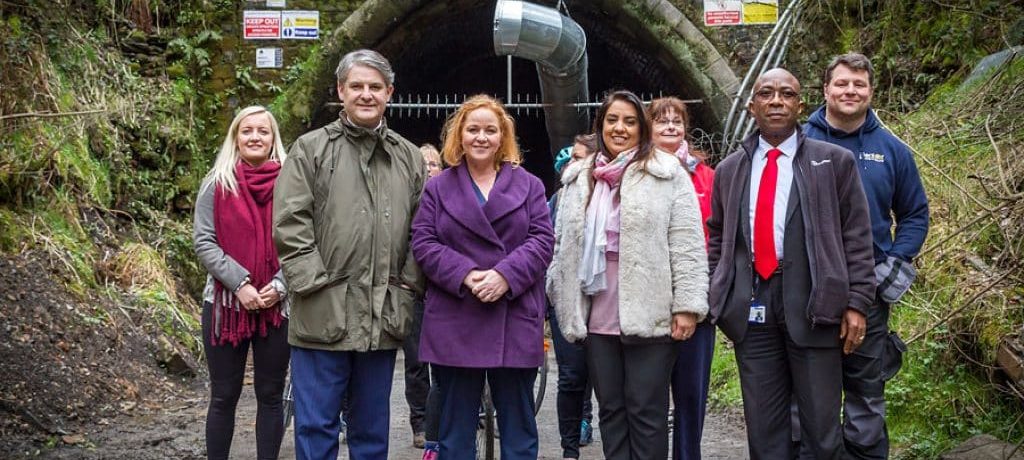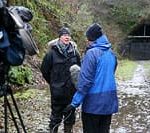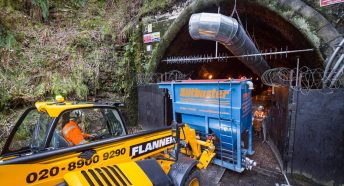Queensbury Tunnel – An Introduction
Guest post by Graeme Bickerdike, Engineering Co-ordinator for the Queensbury Tunnel Society
As we get to grips with the health and environmental challenges urgently confronting us, there is a growing awakening to the benefits offered by active travel. Since its inception in the 1980s, the development of our National Cycle Network has relied on a piecemeal and opportunistic approach, but that’s still resulted in a wonderful resource which millions derive pleasure from annually.
Within Government it’s now recognised that we need to look at walking and cycling more strategically by means of a long-term plan. Next year, Highways England should complete the wise investment of its £175 million designated fund for Cycling, Safety & Integration whilst the Department for Transport encourages more people to cycle more safely and more often.
Why then are these two custodians of vital transport infrastructure conspiring to put permanently beyond use a grand Victorian engineering feat which, through conversion for active travel, has the potential to bring social, economic and tourism benefits to two districts separated by a substantial topographical barrier?
Queensbury Tunnel in the Pennine foothills was opened in 1878 for a railway connecting Bradford and Keighley to Halifax; however it succumbed to the retrenchment that closed much of the network in the 1950s. For ten years it was used by Cambridge University as a base for detecting earthquakes, but has since fallen into a state of disrepair. It’s worth stating that the latter was not a consequence of the former!
Today the tunnel is owned by the DfT and managed on its behalf by Highways England as part of the Historical Railways Estate, comprising more than 3,000 disused railway structures. With no useful future identified for it, plans for an abandonment scheme were developed in 2009 and have, more recently, been updated and pushed forward with the submission of a planning application. This application is now being determined.
The Queensbury Tunnel Society is campaigning for an alternative future for the tunnel, as part of an ambitious greenway through the corridors formerly served by the railway. Although the costs of bringing the tunnel back to use are high, the long-term benefits are striking. As a statement of intention towards green networking, green corridors, active travel and a move towards a zero carbon future, bringing the tunnel back into use as a focal point sounds the right note.
Our campaign group, backed by Bradford and Calderdale councils, have a bright vision for the future of the tunnel. A Sustrans study quantifies the likely benefits at £37.6 million over 30 years.
Details of the submitted planning application are available on the Bradford Metropolitan District Council Website.
Details of the Queensbury Tunnel Society and their campaign are on their website.







